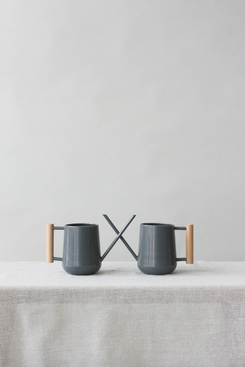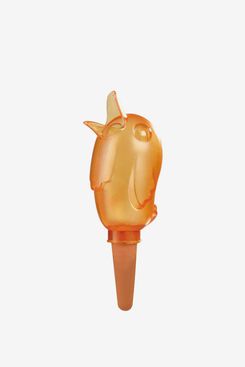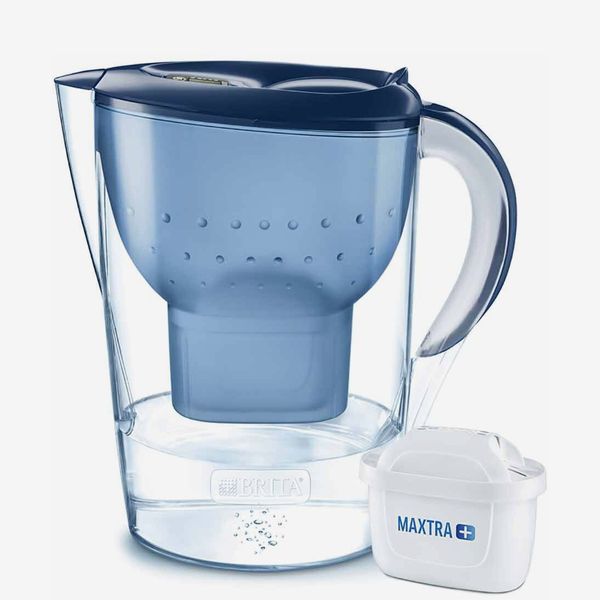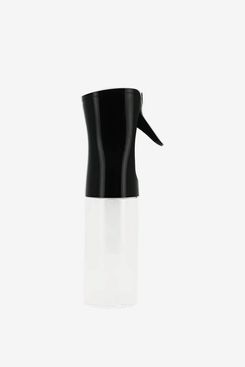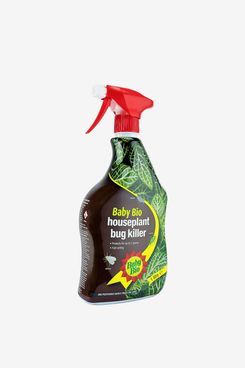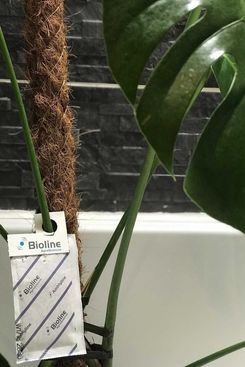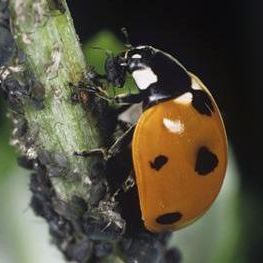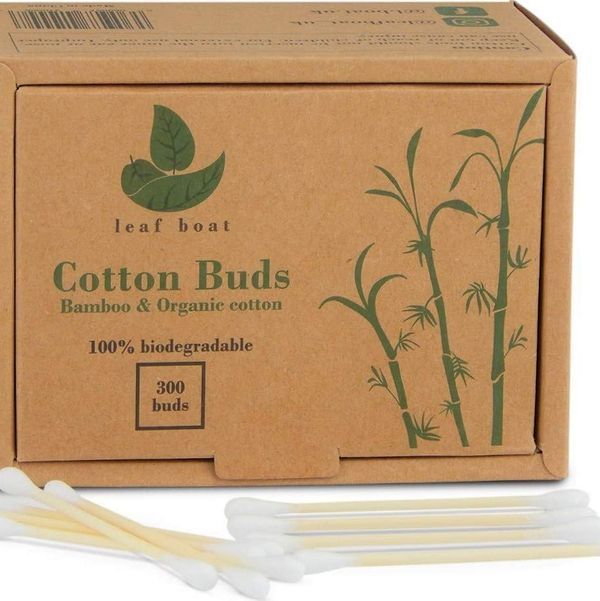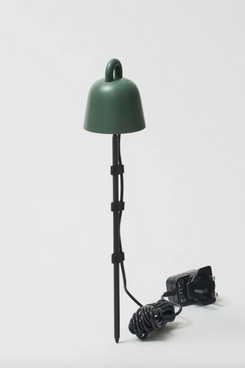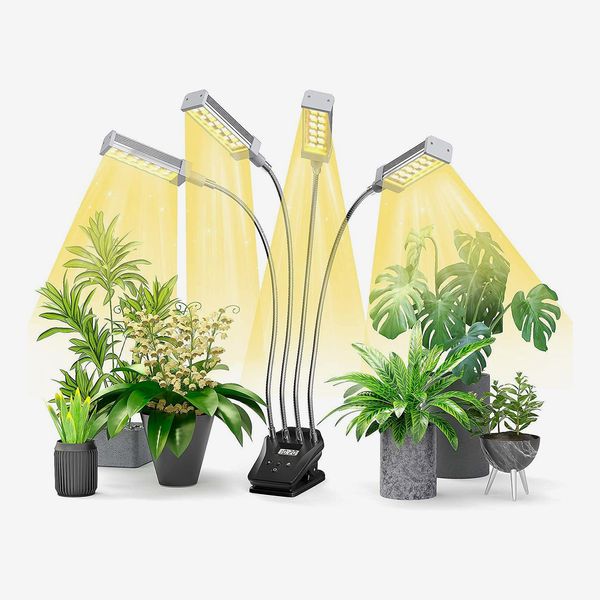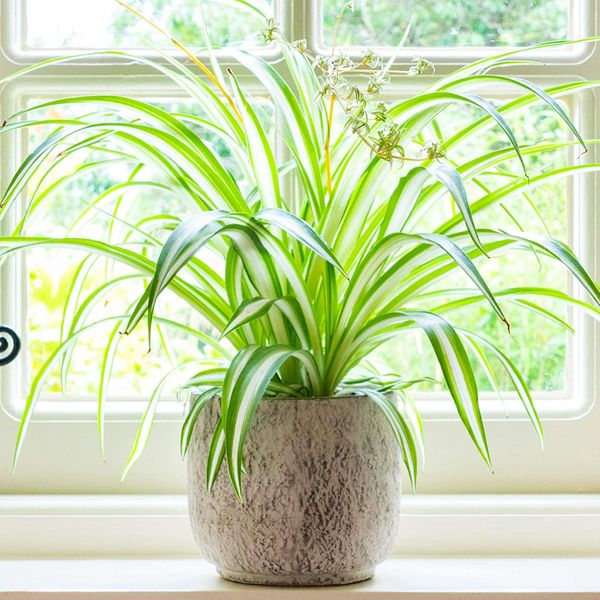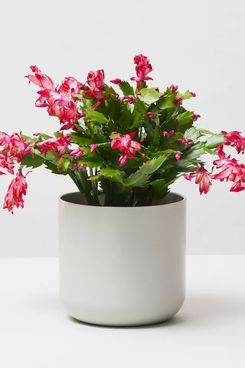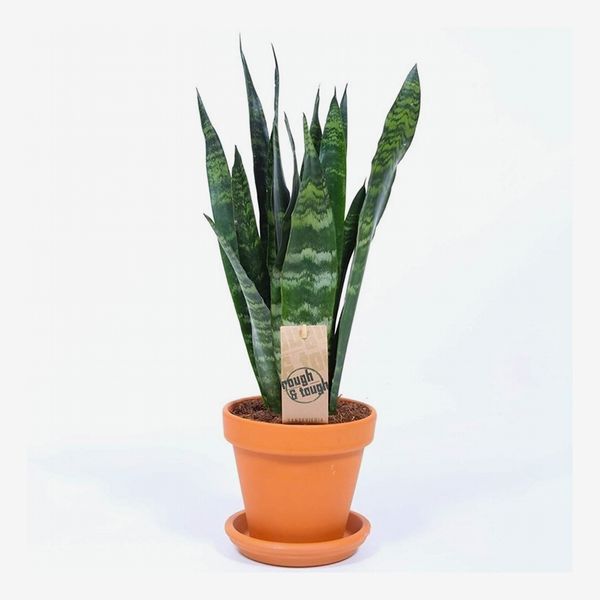
If you got seriously into house plants in the last year, be it a dramatic alocasia or a trailing string of hearts, your first winter might see some signs of deterioration such as shedding leaves or crispy fronds. But there’s no need to panic. “Plants go through a bit of a ‘resting’ phase in winter”, explains James Folger, founder of the Stem. “They need less water and fertiliser, and they tend not to grow as they would during the spring and summer months”.
Winter is a time when plants typically conserve their energy, according to the experts we spoke to. “You’ll start to see a difference in how your plants are reacting to their environment as early as autumn time”, says Beth Chapman, founder of Leaf Envy, noting this can last all the way through spring. As a result, the way you care for your plants should change over the next few months. We asked seven gardening experts, from plant-shop owners to professional horticulturists, to tell us how to take care of house plants during winter — including watering them, giving them enough light, and providing the best temperature — as well as the tools they’d recommend to do the job.
Watering and misting
Overwatering can be fatal for plants, and that is doubly true in winter, according to all our experts, who advised cutting back the watering by around 50 percent during the colder months. “In winter, your houseplants expend less energy, so they need far less watering”, says Chapman. “If you continue watering plants with the same regularity you have during the summer, they will grow weaker or rot”, adds Pol Bishop, a gardening and landscape expert for Fantastic Services. Bishop agrees that cutting the watering down is essential, saying a weekly watering should be halved to fortnightly. “And in the case of cacti, completely pause watering up until spring.” Succulents can be watered every three weeks, according to garden design expert Holly Jones.
If overwatering is a concern, or you plan on being away during the winter, Stacey Rockliffe, owner of Mawusi Plants, told us watering globes can take the guesswork out of when your plants need a drink (they also make great gifts).
But Holly Taylor, group ecommerce manager at Thompson & Morgan, says to be wary of giving your plants water straight from the tap. “Some plants dislike the chemicals added to tap water. If your plant isn’t thriving, try using tepid rainwater or distilled water instead”. If you don’t have a water butt, filtering your tap water would work.
Winter temperatures mean the heating will be on for longer hours in your house — and that can play havoc for your house plants. “Just like us, most plants prefer room temperatures that are between 15 and 23 degrees Celsius”, says Bishop. “Keeping your plants around radiators, fireplaces and other heat sources, however, is a bad idea”. Chapman agrees, noting, “No plants really like being near a radiator because it makes the air really dry — house plants are tropical plants, after all, so they are used to high humidity levels”. She recommends moving any plants “one to two meters” away from radiators but notes that hardy species, “such as snake plants and ZZ plants, are quite hardy and don’t have high humidity requirements, so they’d be able to handle being close to a radiator if space is limited”.
Taylor suggests keeping your plants happy with regular misting during winter. “Humidity in dry, centrally heated homes can be increased by spraying with a fine mist or standing pots on a pebble tray filled with water”. There are exceptions: Jennifer Panxhi, owner of Jen’s Plants and Florists in Spitalfields, told us peace lilies and anthuriums don’t particularly like being misted.
We’ve featured a wide range of misters on the Strategist before with interior plant designer Lisa Muñoz, founder of Leaf and June, telling us to look for one with the smallest droplet sizes possible. “The goal isn’t to wet the leaves or wet the stems; it’s to change the air quality around the plant, so a finer mist is really what it’s all about.”
Cleaning and pest control
Bishop says it’s important when caring for your plants to be on the lookout for pests. “Check your plants for mealy bugs, thrips, and other plant pests that tend to breed and appear over the cold winter months. It’s important to check all plants, especially ones that have been kept outside until now.”
According to Alice Fisher, founder of Forest, “Mealybugs are most common on ‘fleshier’ plants, such as hoyas and aspliniums. They’re quite easy to spot – they look like white dots of cotton wool”. They are most commonly found in plants “whose care is not optimal, for example if the soil is too damp or the plant has frequently been over-watered”.
A second common pest is thrips, which, unlike mealybugs, are attracted to healthy plants. “The result will be a plant that looks diseased,when it’s actually infested,” Fisher says. “Yellow leaves or brown mottled spots are both signs of humidity, but it could also be thrips.”
Fisher says a lot of advice on bug sprays and other treatments is contradictory — neem oil, for example, was once a popular solution as it is a natural product. “But recent research suggests that it kills off a lot of natural funghi and good bacteria in the soil”, she explains. “The key thing is to prevent pests from getting out of control in the first place. Showering down the leaves of your plants every couple of months will strip away any pests that have climbed up from the soil.”
For more extreme measures, Fisher chooses natural biological control in the form of insects she orders online. “I get mine from Ladybird Plant Care because you can filter by pests and order insects to take care of them.” For Thrips, they suggest Amblyseius, an insect the size of a grain of rice, while mealybugs are best tackled using ladybugs.
One obstacle for your plants, especially those with larger leaves such as kentia palms and aspidistra, is the build-up of dust. “Houseplants often get thick layers of dust on their leaves, which decreases the amount of light they are able to get,” Bishop says. She and Jones recommend wiping the dust off the leaves with a wet cloth or, for smaller plants such a money plant, a cotton bud would work.
While cleaning plants, Bishop recommends cutting off any slimy or dead leaves. “Get rid of any plants and leaves that seem to have disease or insect issues. You don’t want those to attract pests for the winter”, she says. These can be removed with scissors, but our experts recommended secateurs that are designed to make clean cuts. Any cuttings that might be diseased should not be composted.
Sunlight (and artificial light)
All our experts recommended getting your plants as much light as possible during winter with Chapman noting, “As a general rule, most houseplants like about four hours of sunlight per day”.
“With winter come the shorter days and, respectively, less sunshine for your houseplants”, says Bishop. “Move them to a closed porch or a conservatory, where your plants will be able to get the needed light. If this is not an option, you can move them onto a windowsill of a south-facing room.”
Jones and Folger recommend moving plants to windows so they can get extra light, but Jones advises against leaving plants on windowsills for long periods. “It is fine to have them on a windowsill during the day, where they will get plenty of natural light. However, it will be useful to move them off during the evening/night once the temperature drops”, she says.
If space is too premium for your plants to play musical chairs throughout the day, Folger recommends investing in an LED light, which sits in the pot slightly above your plant. “There are some very affordable options out there, and they can be really useful, especially if your home does not have a lot of light.” This option by Ehlo cycles between day and night modes.
There are also stretchy-necked options like this one by Spectrum, which can be placed amongst a selection of plants to ensure they all get some extra light. This might be a good option if you live in a basement flat or don’t have many south-facing windows.
The best house plants for winter
If you’re looking to buy house plants this time of year, either for yourself or as a gift, we’ve gone through our archives to find some expert-recommended options. These are all low-light- and shade-tolerating plants that are hardy enough to survive a winter of low temperatures and high thermostats.
Gardener, author, and botanical artist Sonya Patel Ellis writes the Strategist UK’s “Big Plants, Small Space” column and has recommended several plants for shady spots. She says the spider plant “offers low-maintenance lushness to areas that get only two to four hours of indirect sun year-round”.
“This is a great plant if you want something low-maintenance”, Rockliffe told us, when we looked into the best beginner house plants. “They retain a lot of water, so not only can they survive missed waterings but generally don’t need to be watered frequently at all.” She said they also low-shade-tolerant, meaning they can be placed pretty much anywhere. “I (naughtily) left mine in a room with no water or light when I went away for five weeks”, she admits. “And I came back to it looking as green and healthy as ever. It’s been my favourite ever since.”
The Strategist UK is designed to surface the most useful, expert recommendations for things to buy across the vast e-commerce landscape. Read about who we are and what we do here. Our editors update links when possible, but note that deals can expire and all prices are subject to change.
